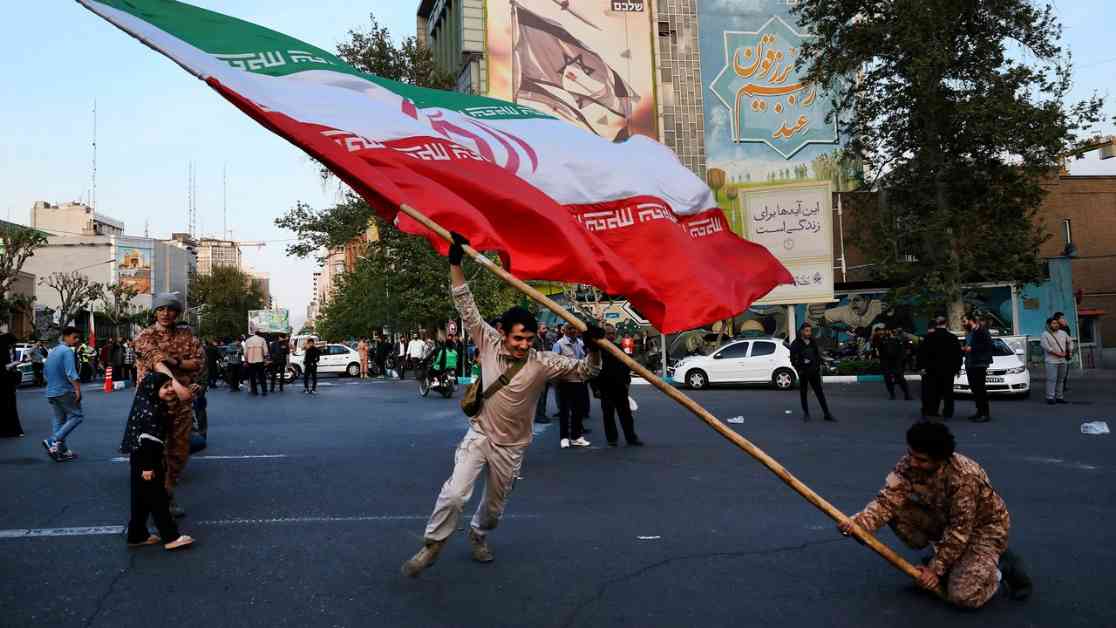Iran’s Powerful Alliances: A Comprehensive Analysis of Their Remarkable Collapse
For decades, Tehran has stood as a beacon of Shiite power, touting its political system as a model for Muslim countries worldwide. Ayatollah Ruhollah Khomeini’s vision to export the Iranian revolution has shaped the country’s foreign policy, leading to the creation of the Axis of Resistance—a network of allies aimed at countering Israel and asserting Iran’s dominance in the Middle East.
However, recent events have signaled a seismic shift in Iran’s power dynamics, with its alliances crumbling under the weight of regional conflicts and internal challenges. From the ousting of the Assad regime in Syria to the decimation of Hezbollah in Lebanon and Hamas in Gaza, Iranian-backed groups are facing unprecedented setbacks. The once formidable Axis of Resistance is now a shadow of its former self, prompting soul-searching among Iranians about their country’s future.
Domestic Challenges and International Ramifications
At home, Iran is grappling with a host of issues, from chronic fuel shortages to economic turmoil exacerbated by U.S. sanctions. The regime’s grip on power is slipping as public discontent grows over rising prices and political repression. The collapse of Iran’s regional alliances has only added to the sense of vulnerability among its citizens, raising questions about the country’s nuclear ambitions and foreign policy direction.
Uncertainty and Instability in the Middle East
The ripple effects of Iran’s waning influence are being felt across the Middle East, with political vacuums, poverty, and conflict creating a volatile landscape. The fall of the Baath Party in Syria and the emergence of new power dynamics have raised concerns about the region’s stability and the future of state institutions. As governments grapple with the aftermath of regime change and economic devastation, the road ahead remains fraught with challenges.
Looking Ahead: A Region in Turmoil
As the dust settles on Iran’s shattered alliances and the Middle East grapples with the fallout of recent conflicts, the path forward remains uncertain. With political dangers looming and economic hardships mounting, the region faces a long road to recovery. The lessons of Syria’s tumultuous journey serve as a stark reminder that stability cannot be maintained by force alone, underscoring the need for inclusive political processes and international cooperation to rebuild shattered societies.
In a year marked by destruction and upheaval, the Middle East stands at a crossroads, with the choices made today shaping the region’s future for years to come. As governments and citizens alike navigate the challenges ahead, the need for unity, compassion, and resilience has never been more pressing. The road to recovery may be long and arduous, but with determination and collective effort, the Middle East can rise from the ashes and build a more peaceful and prosperous future for all.












